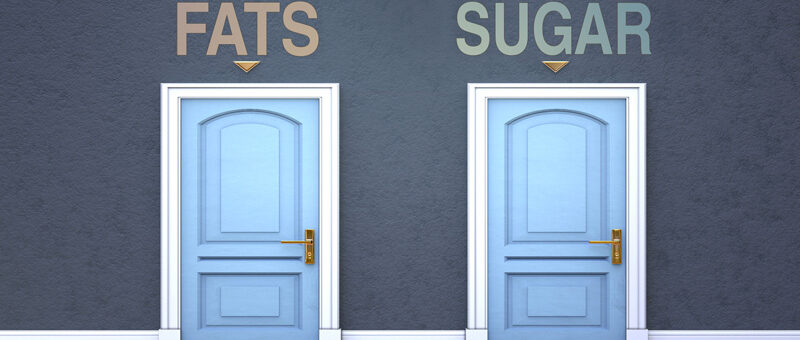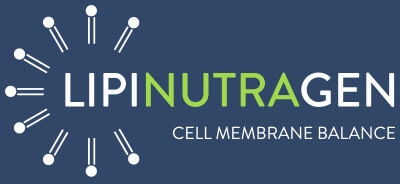
SUGARS AND FATS CONNECTION

Scientific knowledge on LipiMagazine
The LipiMagazine blog was started about 9 years ago to disseminate the scientific knowledge that belongs to our field, and to emphasize its great applicability in daily life.
In particular, the applicability of membrane lipidomics is given by its direct and indirect correlation to epigenetic factors such as lifestyle, diet, health/wellness condition, etc.
Sugars and inflammatory potential
Carbohydrates, simple and complex (the latter, polymers of simple sugars), are macronutrients, basic nutrients along with proteins and fats (lipids).
When we consume sugars, the body begins to digest them, for passage through the digestive tract.
Simple sugars, such as glucose, sucrose (table sugar) or fructose (sugar found in fruit) are absorbed more quickly because they are already in the usable form, unlike complex carbohydrates (polymers of simple sugars) for which more “digestive effort” is required.
Carbohydrates taken in through nutrition, give a metabolic response with insulin production, and it is clear that an excess of this intake over-stimulates the producing organ, the pancreas.
Gradually, with an excess of sugar utilization, at all ages, a greater “insensitivity” to the insulin stimulus can be created in the cells, which is called “insulin resistance,” and this phenomenon triggers an inflammatory response from the cells.
Sugars and saturated fatty acids
In addition, when sugars are in excess, another process is begun: the stimulus for the production of saturated fatty acids (SFAs). Recall that saturated fats are the type of fats that our body synthesizes (“produces”) and there is no need to take in.
With saturated fats increasing, either by direct intake or indirect formation from carbohydrates, cellular structures called membranes in particular are affected, in which areas of increased rigidity are created (SFA fats accumulate), thus affecting their organization and function. This molecular phenomenon leads to an imbalanced condition, which in turn triggers an inflammatory-type response.
From a prevention perspective, to avoid triggering the gear of inflammation, action can be taken on several fronts, starting with the food choices we are called upon to make on a daily basis (e.g., controlling dietary intake of saturated fats, and also indirectly excessive intake of carbohydrates).
!!! Beware of products called “light” and 0% fat. In almost all cases the reduction in fat has been replaced by more sugar, proving to be anything but an advantage.
“Sugar” themed library releases:
The topic of “sugars” has been covered extensively in several articles, which for ease of reference we list below:
- Sugar varieties: the focus on NATURAL AND ARTIFICIAL SWEETENERS.
https://www.lipinutragen.it/en/sweeteners - Sugary drinks and the effect on our body:
https://www.lipinutragen.it/en/sweetened-drinks/ - 7 useful tips for a sugar-free life: https://www.lipinutragen.it/en/what-life-would-be-without-sugar/
-
Glycemic index and factors influencing its elevation:
https://www.lipinutragen.it/en/impact-glycemic-index/ - Overweight in children and the 7 dietary mistakes:
https://www.lipinutragen.it/en/childhood-obesity/
- ARTICLE FOR SPECIALISTS* on diabetes prevention and the role of fatty acids:
https://www.lipinutragen.it/en/fatty-acids-and-diabetes-prevention/
*Scientific and technical language is used in this article.
Sugar-free or sugar-substitute nutrilipidomic recipes:
- Fruit salad with Nutra Pick nectar (sugar-free):
https://www.lipinutragen.it/en/nutra-pick-fruit-salad/ - Everything you need to know about honey and a recipe for a lemon-scented sauce:
https://www.lipinutragen.it/en/honey-nutritional-content/
Article by the editorial team of Lipinutragen
The information reported must in no way replace the direct relationship between the health professional and the patient.
Photo: 123RF Archivio Fotografico: 149585480 : ©niceideas
- On 13 July 2023



